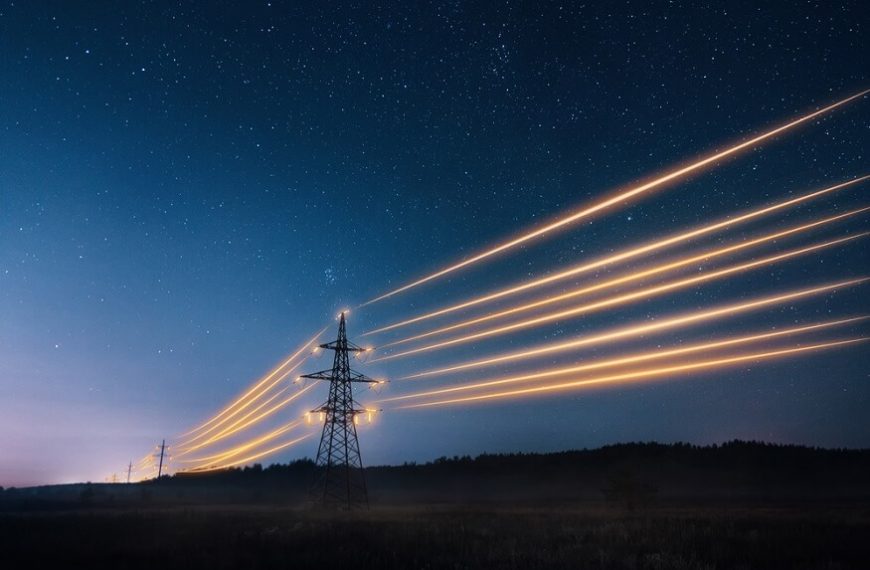Guess what powers this giant, crazy world we live in!
There will be no prizes for getting right though. Just saying 😛
Okay, got it?
Yep, electricity is the word!
From keeping our televisions running to ensuring our phones are all juiced up and ready to, electricity touches every single aspect of our daily lives. And we mean. Every. Single. Aspect.
But do you know everything there is to know about electricity?
We bet you do not! So let us help you out by telling you more about the world of electricity.
What is electricity? The only electric current definition you need to know
This electric current definition is so simple that we are sure you will get a good grasp of it in a single reading. Trust us, you will not need to read this again. Not even once. Here it is:
When electrons or ions, which are charged particles, move through space or a conductor in a flow you get what is known as electric current.
On the other hand, electricity is a form of energy that comes from electric charge or current.
So keep that in mind. One of them is flow and one of them is energy. That should make it easy-peasy to remember each of them.
Defining the two types of electric current
So it is not enough to know just the definition of electric current and electricity if you want to truly know how things work. You need to have a good idea of the different types of currents too. And here is where it gets really interesting! Because once we tell you the name of both of them, you will get a hit of nostalgia. Especially if you are millennial or older. Your kids, though, will find it interesting because it is new knowledge for them. Anyway the types of electric currents are:
Alternating Current
Or what is also known as AC. No, not an air conditioner. Though that too needs current for it to work. But anyway we are deviating. Back to the topic, in alternating current the flow of electric charge keeps reversing its direction.
You see every electric current uses something called a waveform, which basically charts the flow of it. For this type of current, the waveform is a sine wave. Information beyond this can get really complicated so we will leave it for now at this.
Direct Current
Ring any bells? Remember DC? That used to be the predominant form of current in households and offices before AC took over and became the norm.
Anyway DC is opposite to AC in the sense that in the former, the current always only moves in one single direction. There is no reversing it. If you want to know of some examples, think of the good old battery. Batteries are the suppliers of direct current.
Here is another fun fact about this type of current. It was also known as galvanic current back in the day!
Sidenote, there are two more types of current too, which are single phase current and three-phase current. But they are not as common as the other two.
The four main effects of electric current
Since electric current is an active thing, it has very palpable effects that you can witness and even feel, though you probably should not. Not directly at least.
- Heat
- Magnetism
- Physiological effect
- Chemical effect
Heat is one of the core effects of electric current. Electricity can help you raise the temperature of things. Confused? Think of the next time you use an induction cooktop. Or a geyser. Or even an electric heater. The energy alone is enough to increase its conductor’s temperature by several notches, if so intended.
Apart from being hot, electric charge can also produce a rather magnetic effect. And no, we are not referring to eletrcicity’s personality! Jokes aside, when electric charge passes through a conductor, it can create a magnetic field immediately around itself. This magnetic field comes in really handy in making devices such as television and radios work.
For this one, we want you to think of a taser. Got it? Well now since you have that image in your head, you know that certain devices are specifically created to generate electric shocks. The taser is a good example of that. And the electric shock created by it is a good example of the physiological effect of electric current.
When electric current flows through electrolytes, you get a chemical reaction. A more practical example of this would be the act of extracting metals from their ores. Or electroplating. Both involve the chemical effect of electric charge to take place for them to function.
Everyday uses of electric current
There is no sphere of our daily lives in which electricity is not used. We are so dependent on it. We mean think of the last time you had a powercut. Remember hearing that collective groan of frustration? That is how dependent we are on electricity. So let us check some of its major uses!
- Using our phones – be it to text, make a call, listen to music or watch a show
- Televisions – they need to be plugged in for you to watch them
- Lights, fans, air conditioners and geysers – none of them can function without good ol’ electricity
- Construction – so many power tools require to be plugged into a socket
- Operations – again many tools and machinery require constant supply of electric current
- Street lights and lamps in public spaces
- Lifts in buildings, both residential and commercial
- Data centres
- Biometric scanners, coffee machines, printers, copy machines etc. in offices
- Electric bikes, cars, metro rails and even trams in cities in which they still exist
- Satellites and rockets also use a lot of electricity to function optimally
Let us tell you one thing though. These are far from all the uses of electric current. We just wanted you to get a good idea of the all-encompassing nature of electricity so we mentioned the most obvious ones. We hope you had fun knowing about them though! And if you did, you would be happy to know that we take the same fun approach to education in all our preschools across the country. At EuroKids, learning truly is super fun for your children. Find out how by visiting us!















